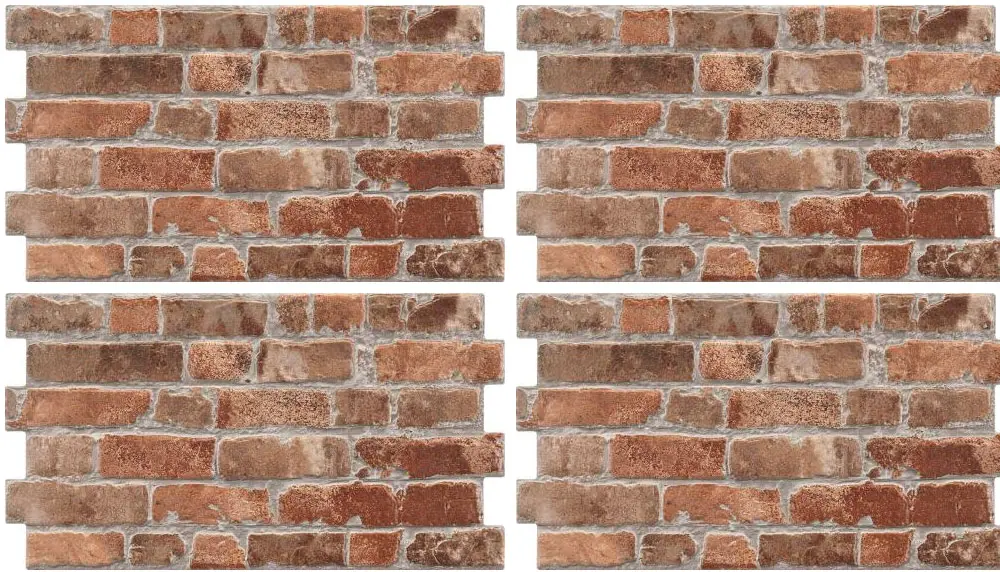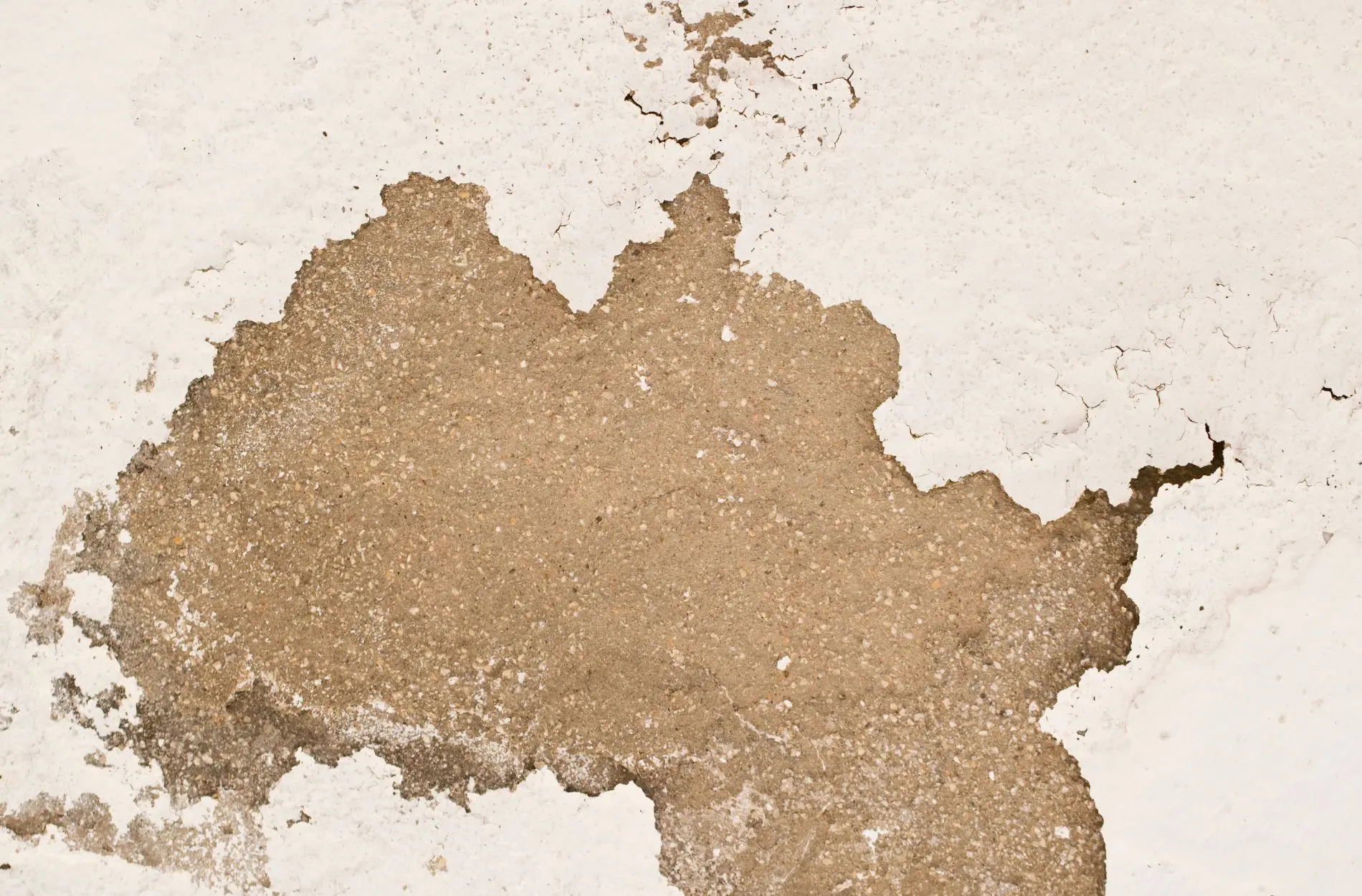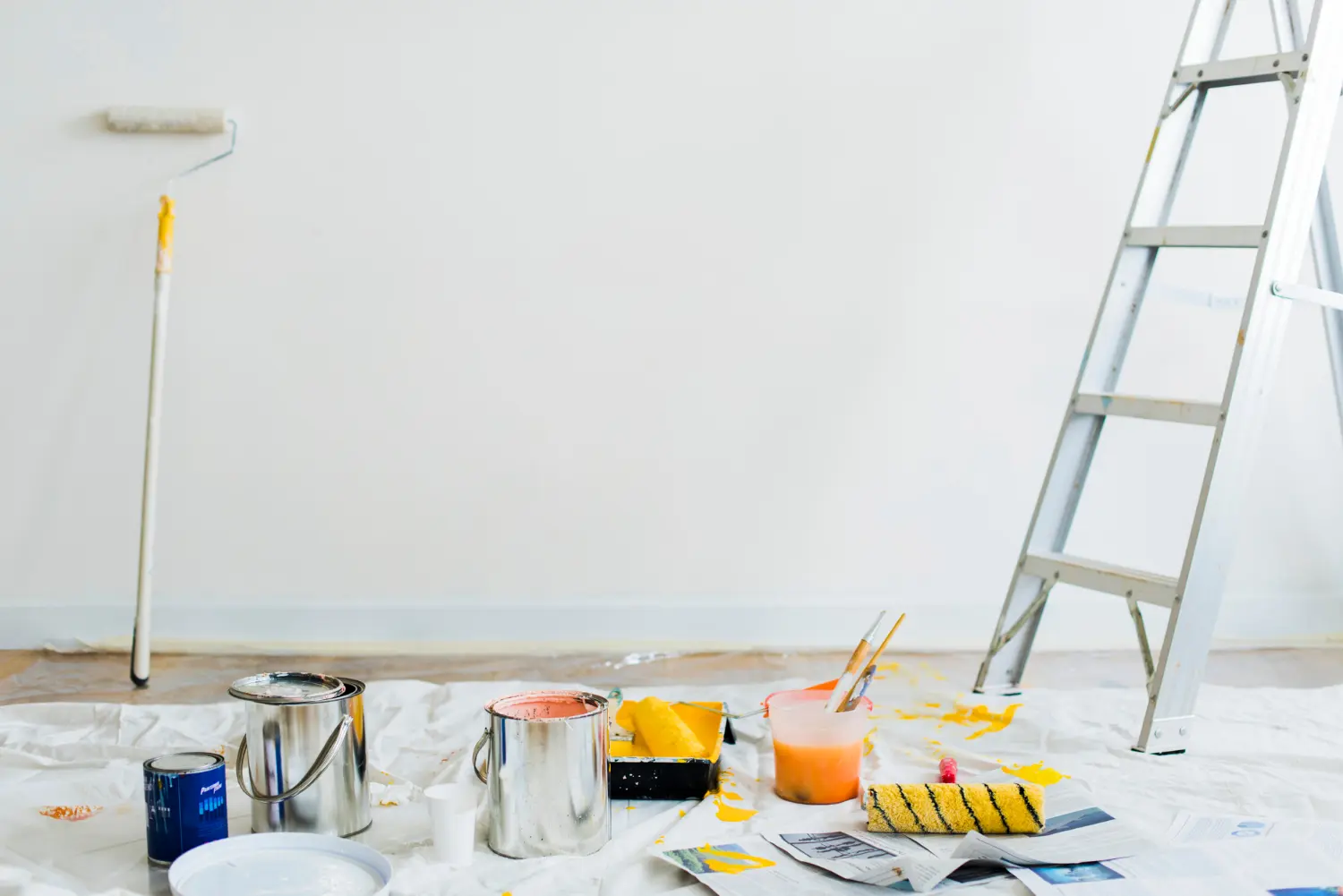Planning on Painting Bricks? Read This First

Some surfaces around the home are more challenging to paint than others. One of which being traditional bricks, which have a tendency to complicate interior painting projects. At least, in the sense that they’re not quite as easy to paint as more standard interior walls.
From classic cottages in Chevy Chase, MD to modern homes in Washington, DC, the appeal of brickwork is universal. The same can also be said for painted brickwork, just as long as you go about the process strategically. The problem being that in our experience, that’s not the case with a sizeable proportion of DIYers.

Long story short – you cannot and must not approach a painting project involving bricks as you would any typical interior wall. Painting interior brick surfaces isn’t as difficult as painting external bricks, but nonetheless brings various additional factors into play.
Preparation is Key
As is the case with all interior surfaces, preparation holds the key to successfully painting bricks. All of which begins with thoroughly cleaning the surface, starting out with a wire brush to remove as much efflorescence as possible. This is the powdery white stuff that gradually accumulates on the surface of bricks, which can make it very difficult for the paint to adhere. Once you’ve removed as much efflorescence as possible, your bricks will need to be thoroughly washed and given several days to dry.
After which, you can get started performing any repairs needed before painting can commence. There are also specialist brick conditioners available, which can improve the surface quality of bricks where necessary.
Specialists Products
As you’re not painting a typical interior wall, you can’t expect typical paints and primers to fit the bill. Instead, you’ll need to invest in the highest-quality products you can find that are designed specifically for bricks. Anything else and you are setting yourself up for disappointing results…or an outright disaster.
Unfortunately, there are no shortcuts when it comes to painting brick surfaces in general. Rollers and sponges are rarely viable options, as they will not get the paint in the various crevices you’ll encounter along the way. It’s best to tackle brickwork with a standard paintbrush, though one of the highest possible quality. You’ll also want to ensure that every coat of primer and paint is given more than enough time to dry, as brick surfaces often need longer to cure than standard interior surfaces.
The Pros of Interior Brick Painting
As for whether or not you should paint your brick surfaces in the first place, there are advantages and disadvantages to consider. On the plus side, there’s no denying just how appealing a beautifully painted brick surface can be. It’s one of the most affordable and cost-effective ways of completely reinventing a living space with a splash of color. Particularly if the raw bricks don’t look particularly inspiring, it can be a great way of bringing your home to life.
In addition, painting brickwork immediately and permanently eliminates the potential issues caused by the porous surface of the material. Painted bricks are smooth, resistant to moisture and as easy to clean as any other surface around the home.
Last but not least, painting interior brick surfaces that have already been painted is far easier than painting the raw brick surface the first time. This means that if you want to experiment with different colors at a later stage, it isn’t nearly as difficult as the original painting job.
The Cons of Interior Brick Painting
Of course, the most obvious disadvantage is the potential complexity of the initial painting process. Particularly where larger and more uneven brick surfaces are concerned, it can be surprisingly difficult to produce a quality result without hiring help.
It’s also important to be mindful of the fact that when painting brick surfaces, there’s no going back. Or to put it another way, you cannot revert things back to how they looked before you painted the bricks. As the material is porous, it will absorb primer and paint along the way, so it will never look quite the same again.
It will also be necessary to refresh the paint on your bricks every few years, in order to maintain their pristine appearance.
Ask the Experts…
If you’re considering painting a brick surface at home but haven’t yet made up your mind, we can help. Homm CPS provides a comprehensive range of interior painting services and expert consultancy on all aspects of home painting.
For more information or to discuss our interior painting services in more detail, contact a member of the team at Homm CPS anytime.










